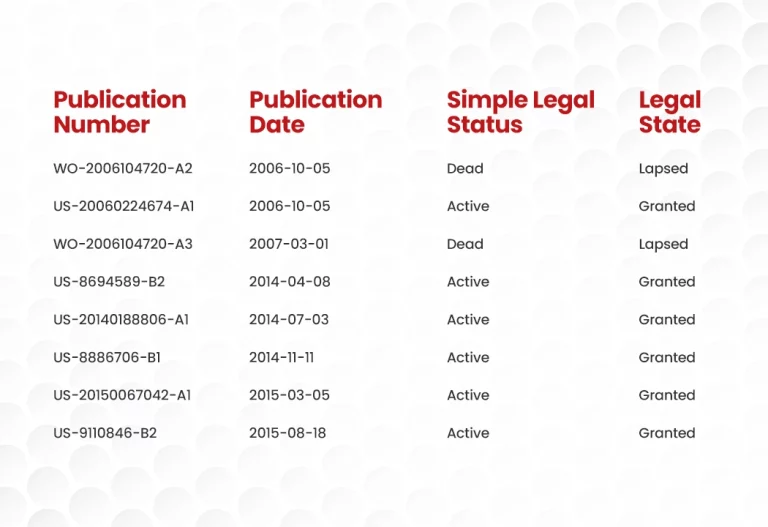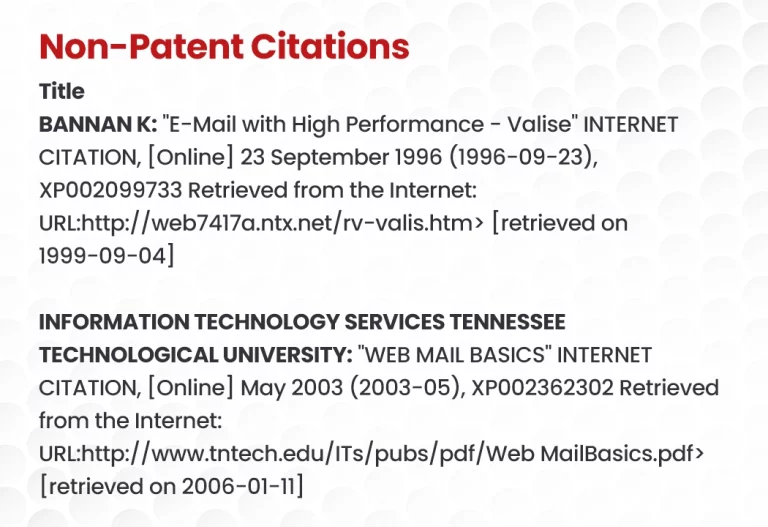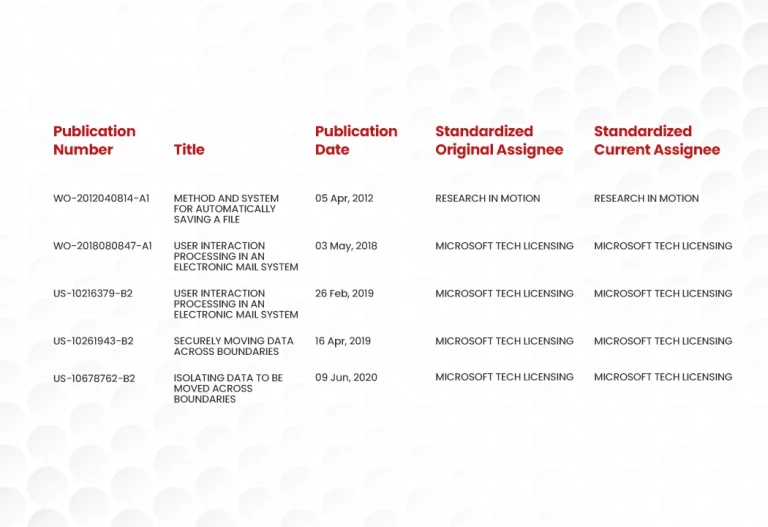One common misconception is that a larger number of patents equates to a more valuable portfolio. However, quality should always trump quantity. The strength of the patent claims, level of innovation, and market relevance are key indicators of quality. A robust patent is one that can withstand legal challenges and provides a strong foundation for intellectual property strategy.
The enforceability of patents can vary significantly from one jurisdiction to another. It is essential to assess whether the patent portfolio aligns with the business’s major markets. Ensure that the patents have been strategically filed in regions with legal nuances and market demands that are relevant to industry.
Balancing the scope of technology coverage is critical. A portfolio should protect core technologies while also covering ancillary innovations strategically. This ensures comprehensive protection without compromising enforceability.
The history of each patent, including any past litigation experience, can provide valuable insights. A strong patent is one that has withstood legal scrutiny and gained quick approval. On the other hand, challenges or a slow granting process may signal weaknesses or misalignments in the portfolio.
Balancing these interconnected factors is essential to assess the overall health of the patent portfolio thoroughly. It’s not just about having patents; it’s about having the right patents that can effectively protect interests and provide a competitive advantage.








